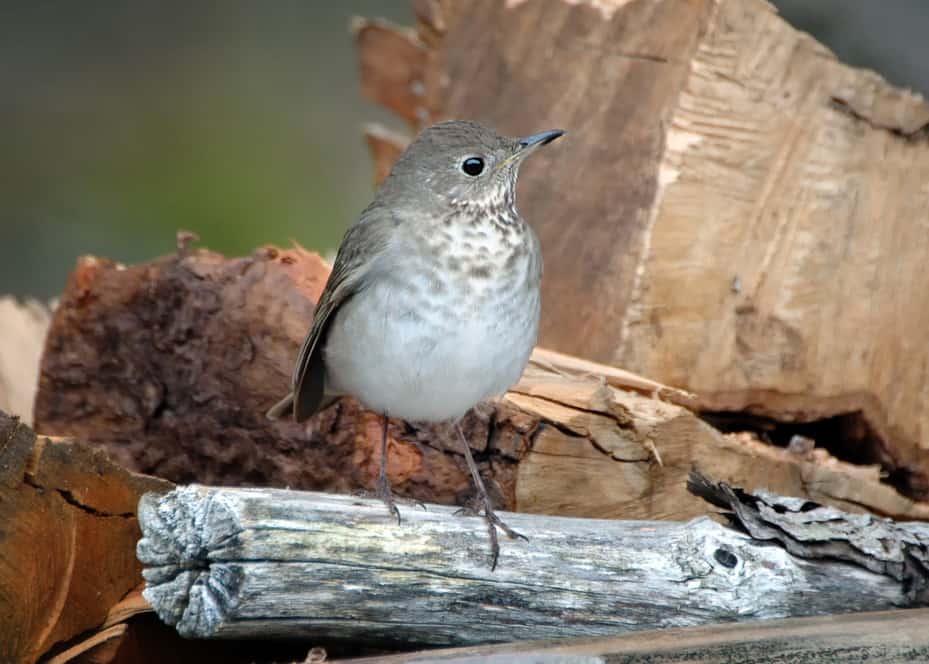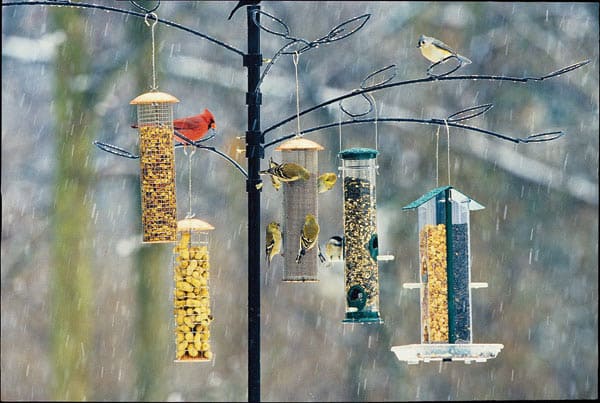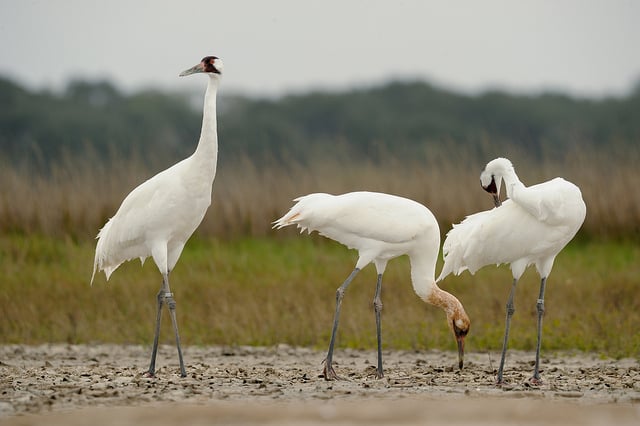Look for
The gray-cheeked thrush is a small, spot-breasted thrush. It lacks eye-catching, distinguishing features, and has plain, olive-brown upperparts and off-white underparts. Its breast is a light yellowish-brown with dark spotting that grows fainter as it moves down the body. It has a stout body, dull pink legs, and a black bill with yellow on the back half of the lower mandible. It has a grayish face with partial eye-rings. The gray-cheeked thrush is often mistaken as a Bicknell’s thrush, which is almost identical in appearance. It’s best to distinguish the two by their voices.
Listen for
The gray-cheeked thrush’s song is a complicated series of sporadic, reedy notes that end on a downward inflection, similar to the veery’s, but higher, thinner, and more nasal. Its call is sharp, high-pitched pheeer.
Find it
The gray-cheeked thrush is the northernmost-breeding thrush in North America. It’s range extends from northern Alaska and the Yukon and Northwest territories east to southern Hudson Bay, then astretching east to Newfoundland. It prefers open coniferous forests and tundra scrubland. It migrates for the winter, traveling south across the eastern and central United States, eastern Central America, and the Caribbean islands before settling in northern South America. There it lives in the dense understory of tropical forest.
Diet
The gray-cheeked thrush feeds primarily on insects, including ants, wasps, caterpillars, and beetles. It also feed on various small wild fruits, including cherries and raspberries. It forages by hopping on the ground, searching among leaf litter and among low shrubs.
Nesting Behavior
The gray-cheeked thrush builds its nest on or near, the ground, usually no higher that 15 feet up. It often sits at the base of a tree trunk or in low branches. The female alone builds the nest, constructing an open cup shape of moss, twigs, bark, stems, and weeds lined with fine plant materials such as moss. She lays three to five light blue eggs that sometimes have faint brown spotting. The female alone incubates the eggs for 12-14 days before hatching. Both parents feed and care for the young before they leave the nest after 11-13 days.




